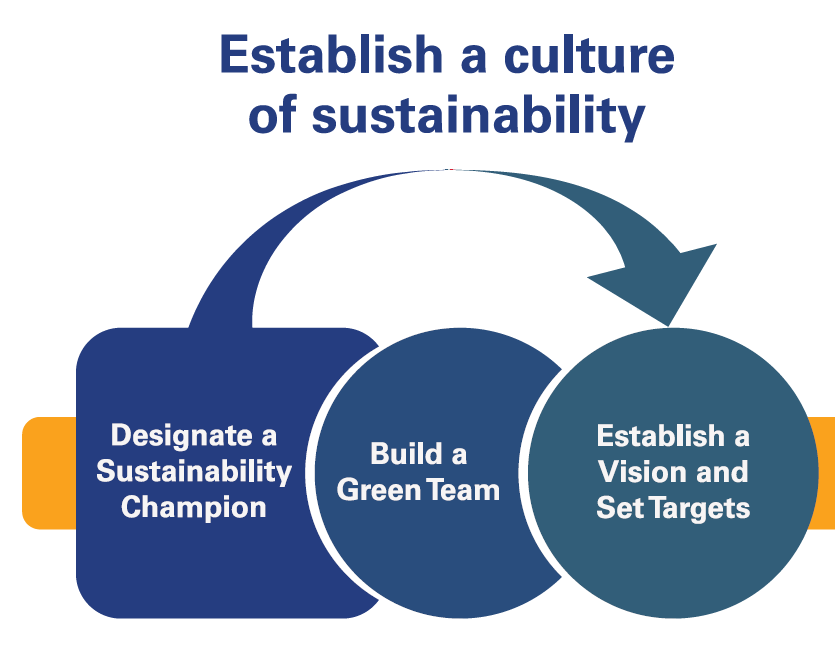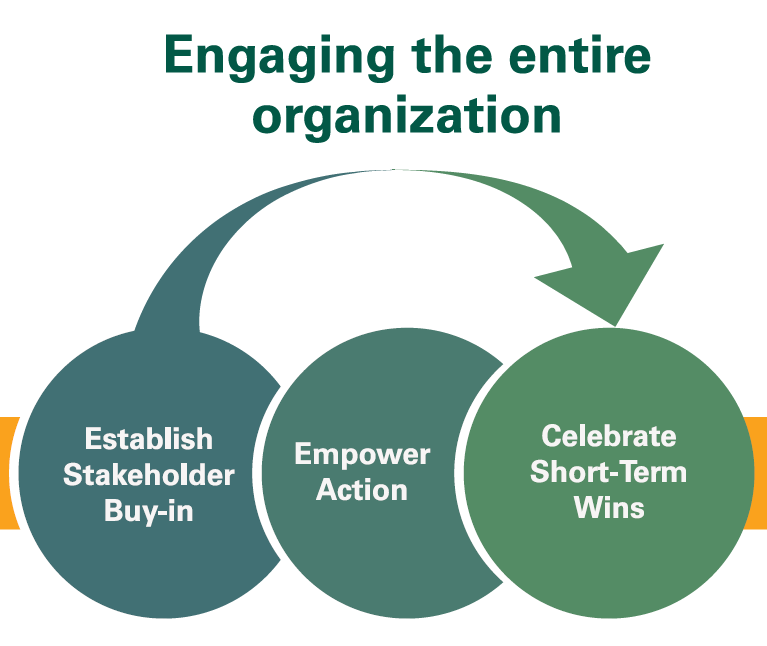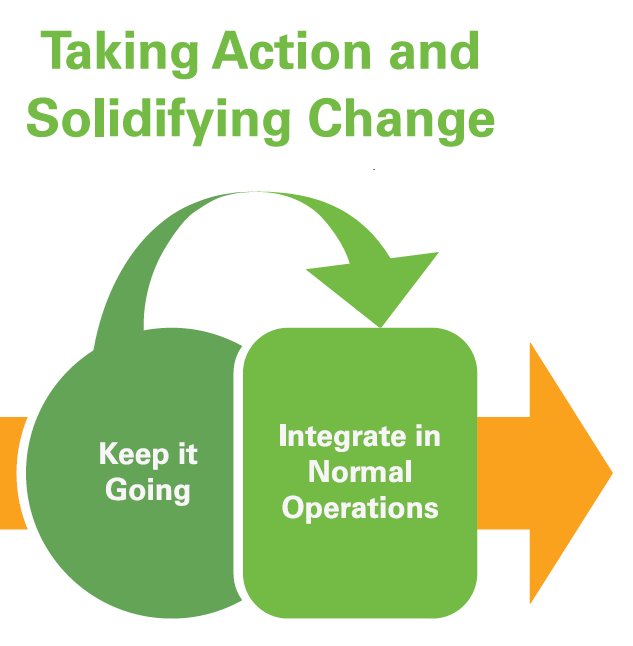The CEO's Guide to Environmental Stewardship
Sustainability and Environmental Stewardship are being integrated into hospital operations and health care delivery in hospitals and health systems across the nation. While environmental stewardship concepts were once seen as “add-ons”, CEO’s are recognizing the impact these concepts can make in reinforcing their organizational missions. Using a “transformational change” approach, CEOs are establishing a culture of sustainability, engaging the entire organization, and taking action to solidify change.
Sustainability, which was once characterized in health care as an optional “add-on” to hospital operations and health care delivery, is now becoming an operations priority. Today, we recognize that health care has a great impact on the economy and the environment, and health care operations directly affect the health and wellness of patients and communities.
Nationally, some health care systems are showing the value from integrating sustainability into functions of the organization. Organizations with a plan can more quickly respond to opportunities for partnerships and participation in incentive programs.
Success stories are shared in every region and for organizations of every size. There is no shortage of educational resources on sustainability, but it can be hard to know where to start. This resource collects current best practices (as of 2022) and identifies action steps to jumpstart your sustainability journey.



Sections
Use a "transformational change" approach for sustainability and environmental stewardship.
No single person or department can make health care sustainable: meaningful change will require all functions to find new ways of delivering better outcomes. The complexities of the health care system require top-down leadership and creative problem-solving from the bottom-up to increase value. Outside of health care, some organizations have found a corporate commitment to sustainability boosts employee motivation and improves retention and recruitment.
Reinforce the Mission
The imperative: the environment affects parts of health and health care delivery, and some hospitals are dealing with the impacts today. Reducing green house gas emissions and air pollution can protect the health of patients, employees and communities.
Mission alignment: Health care's global carbon footprint is significant, hospitals can take meaningful actions to improve the health of all people and the environment in which they live - by setting a sustainable course for the future.
Operational benefits: Reducing GHG emissions leads to cost savings and can contribute to hospitals’ resiliency when faced with extreme weather events.
Recommendations for the Health Care CEO
- Make sustainability a transformational program for the organization:
- CEOs can acknowledge that sustainable hospitals offer unique benefits to their surrounding communities.
- Engage the board of directors and show the value of sustainability.
- Be clear that this is an executive priority and long-term commitment.
- Identify internal leaders and allocate the resources needed for success:
- Frame sustainability in a growth mindset to embrace the challenges of sustainability by seeking innovations.
- Communicate initiatives and progress regularly to your community and the sector:
- Show the value.
- Recognize the functional roles for leadership and innovation.
- Collaborate with other CEOs to share successes and overcome obstacles.



